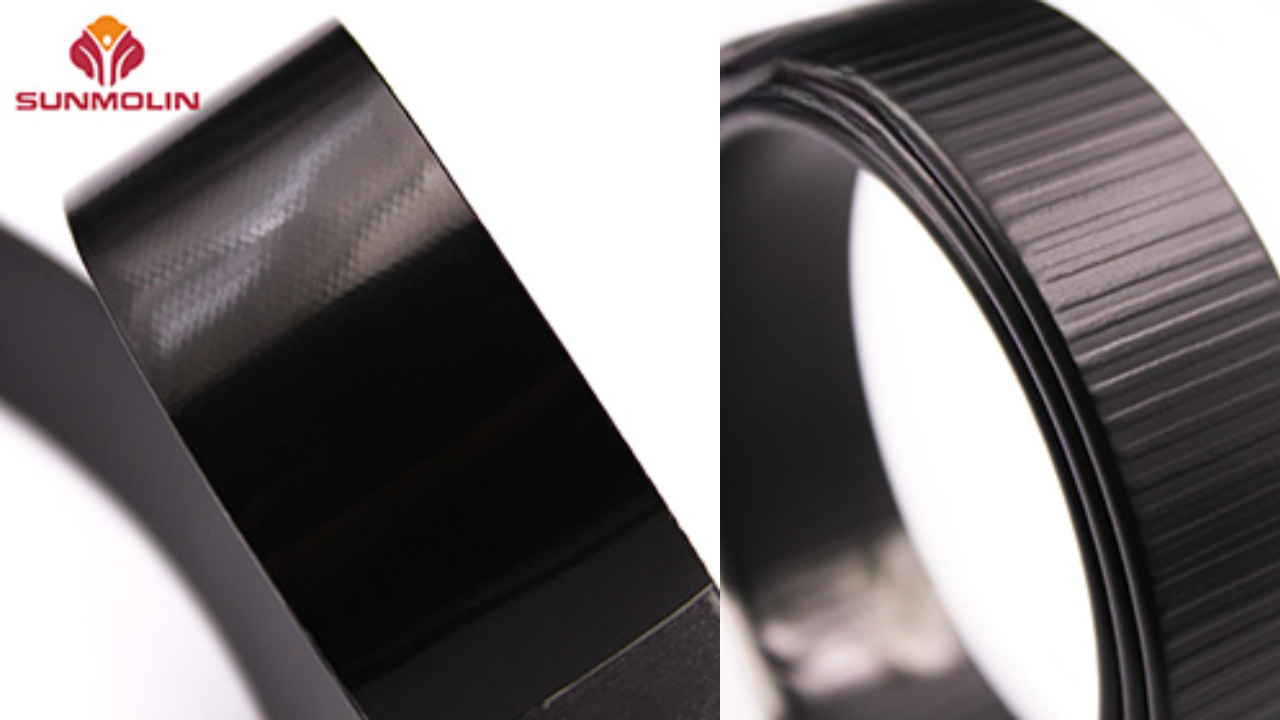PVC-coated webbing performs essential functions across many industrial and commercial processes. The material stands strong in both pet accessories and safety gear while resisting outdoor weather conditions. The problem of peeling affects many products whose PVC coating sticks to nylon bases. Many people discover webbing layers starting to peel away as time passes. Learning about these scientific factors will guide you toward better material selections and reveal ways to lengthen product life.
Understanding PVC and Its Role in Coated Webbing
PVC serves as a synthetic plastic polymer known for its durable and flexible properties, plus economical benefits. This material delivers superior performance for webbing coatings in every industrial sector. PVC-coated items remain safe from water damage and chemicals, plus maintain a polished appearance. The primary weakness of pvc webbing lies in its inability to stick naturally to other materials. The problem shows up most clearly when you use nylon as the base material. The coating surface needs proper pre-treatment and bond-enhancing materials to avoid peeling issues that develop over time.
The Material Science of Nylon: Strength with Adhesion Challenges
The strength of nylon remains unmatched as its core material in coated webbings, thanks to its exceptional toughness. Your nylon relies on its toughness and shape retention properties to meet your needs. This surface proves difficult to bond with conventional techniques. The polished surface and low surface energy of nylon make it resistant to sticking with many bonding materials found in PVC coatings. Despite its adhesion issues, nylon remains preferred for its outstanding mechanical properties. PVC has difficulty sticking to surfaces properly.
The Chemistry of Bonding: Why PVC Doesn’t Easily Stick to Nylon
Beyond surface texture lies a significant difference in how PVC and nylon molecules react chemically. Both PVC and nylon show substantial molecular structure differences. Their polarity, surface tension, and molecular structures clash. This results in poor bond formation between two surfaces. This problem shows itself as a weaker attachment over a more extended period. Temperature variations soften or toughen PVC material, which reduces the bond strength. The risk of peeling increases when PVC materials are exposed to both high humidity and sunlight. The damage to material bonds progresses faster in situations that expose the material to frequent tension, bending, and flexing.
Environmental and Mechanical Stress Factors Affecting Bond Integrity
PVC and nylon bond quality depend heavily on environmental factors. Heat exposure to PVC at high temperatures softens it and causes it to detach from the nylon surface. When temperatures decrease, PVC experiences transformation into a brittle material that breaks apart. Lasting contact with moisture as well as chemicals slowly weakens the adhesive bond between PVC and nylon. Repeated physical movements press against the bonded surfaces, triggering small movements at their joining point. Over time, regular movement weakens the adhesive bond, which shows up as peeling.
Engineering Solutions: Techniques to Improve PVC-Nylon Bonding
Modern engineering offers reliable methods to address your bonding problems with PVC-Nylon materials. Plasma treatment, chemical etching and corona discharge enhance nylon's surface energy while making it easier to bond with different materials. Apply heat-activated adhesive solutions or chemical coupling agents to improve PVC-Nylon bonding. Both materials form a stronger connection when a reaction happens at their uniting surface. Special coating methods help solve bonding challenges. When you apply several bonded layers or heat seal under controlled temperature and pressure, your adhesion results will improve. Control must be tightly maintained over critical manufacturing elements like temperature, pressure, and exposure time.
The Role of Quality Control and Testing in Preventing Peeling
Quality control measures start before a product enters production. Testing quality ensures that your adhesive bonds remain strong and helps you detect any weak spots. Environmental simulation testing recreates actual conditions to help predict material durability. You can conduct failure analysis and mechanical stress assessments while developing new products. You can regularly update your bonding methods to maintain product strength across all operating conditions.
Material Alternatives: When and Why to Consider TPU or Silicone Coatings
Using an alternate coating material can produce better results than sticking with your current option. Thermoplastic polyurethane (TPU) and silicone improve how healthy materials bond together. TPU displays better stretchability alongside resistance to chemicals and nylon. Silicone, though more expensive, offers excellent weather resistance and flexibility. The materials help the coating stick better to avoid peeling. Choosing TPU or silicone coatings gives better performance and a longer lifespan, even at a lower budget.
Conclusion
The issues with PVC-coated webbing result from interactions between its materials' molecular structures. Manufacturing PVC and nylon together produces chemical bond problems. Proper application of surface treatments with specific adhesives and quality checks helps minimize this problem. Sunmolin supports its leading position in coated technology thanks to its extensive research background in TPU development. Through continuous improvement, Sunmolin creates stronger and better-performing webbing coatings to enhance your product's endurance across all usage situations.

